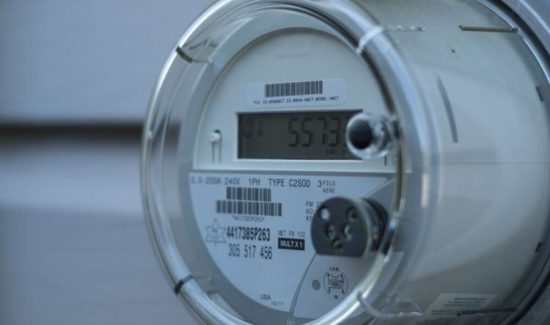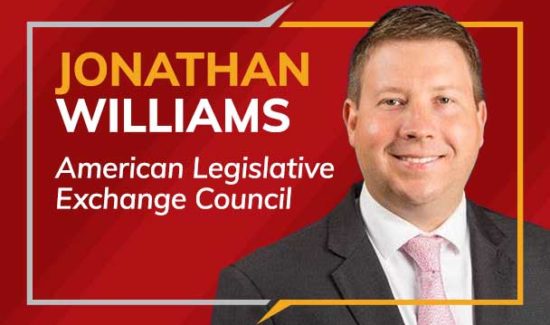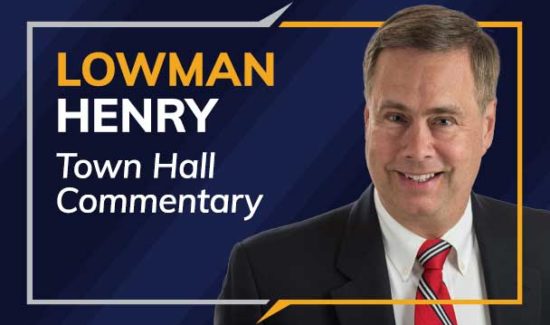Limited Choices
Historic fluke will trim the number of statewide candidates in 2006
At precisely the time Pennsylvania voters are becoming more engaged in the political process, voters will find fewer choices on their next General Election ballot. This is the result of an electoral fluke that will almost certainly prevent any party other than Republicans and Democrats from having their candidates appear on the statewide ballot next November.
The Republican and Democrat parties in Pennsylvania have an electoral advantage over the other political parties in that they always qualify for a line on the ballot. State law requires a party to receive a threshold number of votes in each general election to obtain and maintain a line, something the smaller parties can rarely achieve.
The practical impact of this requirement is that it takes fewer signatures on nomination petitions for Republican and Democrat candidates to gain ballot access. For example a statewide candidate for governor in the Republican or Democrat primary can get his or her name placed on the ballot by securing 2,000 signatures from registered voters of the same party.
If you are not a Republican or a Democrat, the task is much larger. Since your party does not have a line on the ballot, you must secure signatures equal to a percentage of the votes cast for the winning candidate in the preceding year’s top statewide election. That task has been achievable in past years because statewide judicial elections have preceded gubernatorial elections. Low off-year voter turnout, coupled with little interest in judicial races, resulted in fewer voters, thus keeping signature requirements to a reasonable level.
This is where the historical fluke comes into play. There was no statewide judicial race this year, only two retention elections which don’t qualify. Therefore, the signature requirement for next year’s statewide independent party candidates will be based on the number of votes cast for George W. Bush in the 2004 Presidential race. Presidential elections generate high voter turnout, thus the impact on independent party candidates is to dramatically increase the signature requirements for ballot access. In this case, an independent party candidate must secure over 67,000 signatures to get his or her name on the statewide ballot next year.
Since independent parties by definition have fewer resources in terms of money and manpower, it is logistically all but impossible for anybody to secure 67,000 signatures. As a result, the 2006 ballot will likely be devoid of any choice but those selected in the Republican and Democrat primaries.
Because of this situation, a coalition of ten political parties – ranging from Socialists on the Left to Libertarians on the Right – have banded together in support of legislation known as the Voter’s Choice Act. The proposed new law would replace the onerous signature requirements with a provision granting a ballot line to any party that has at least 0.05% of the registered voters in the state. Such a move would significantly lower the bar and allow more parties to have ballot access. Once the registration threshold has been achieved, the party’s candidates would then be subjected to the same petition and signature requirements as are Republicans and Democrats.
Unfortunately for the smaller parties, and for Pennsylvania voters who might want more choices, Republicans and Democrats hold the keys to change. The General Assembly – which has only Republican and Democrat members – must pass the Voters’ Choice Act, and then Democrat Governor Ed Rendell must sign it into law.
With lawmakers already facing more challenges than usual as a result of the pay-jacking fiasco, it is unlikely they will open themselves up to even more competition from additional parties. And that is too bad, because Democracy functions best when there is choice. And giving everyone a level playing field when it comes to ballot access is the first step in holding a fair and honest election.




